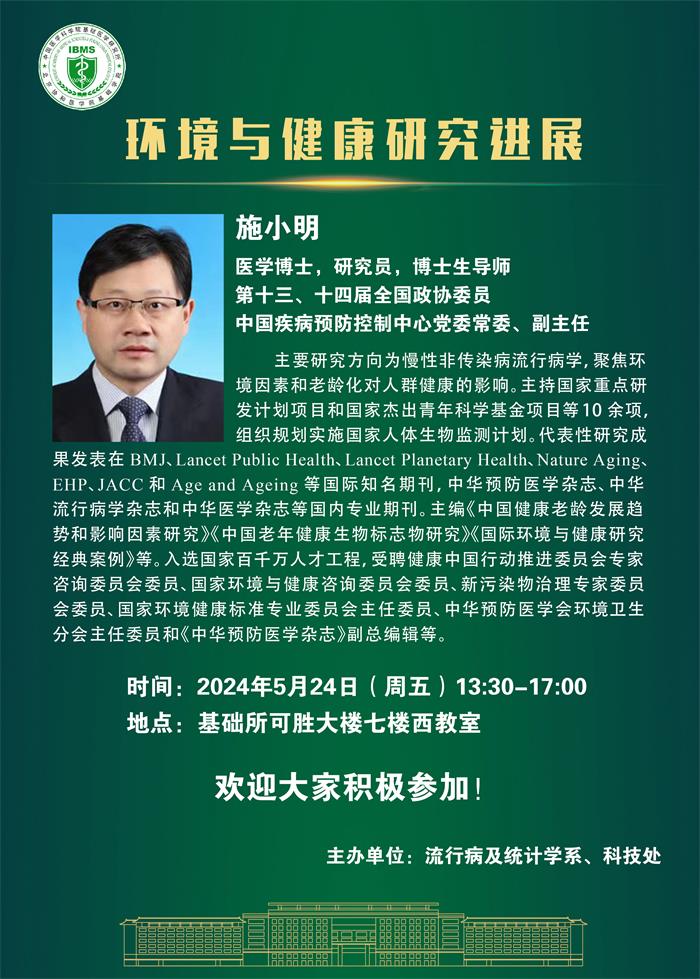hnRNPLL controls pluripotency exit of embryonic stem cells by modulating alternative splicing of Tbx3 and Bptf
Xue Wang 1 2, Changyun Ping 1 3, Puwen Tan 4, Chenguang Sun 1 3, Guang Liu 1 2, Tao Liu 1 5, Shuchun Yang 1 2, Yanmin Si 1 3, Lijun Zhao 1 3, Yongfei Hu 4, Yuyan Jia 1 2, Xiaoshuang Wang 1 3, Meili Zhang 1 2, Fang Wang 1 3, Dong Wang 4 6 7, Jia Yu 1 3, Yanni Ma 1 3, Yue Huang 1 2
EMBO J. 2020 Dec 22;e104729. doi: 10.15252/embj.2020104729.
PMID: 33349972
Abstract
The regulatory circuitry underlying embryonic stem (ES) cell self-renewal is well defined, but how this circuitry is disintegrated to enable lineage specification is unclear. RNA-binding proteins (RBPs) have essential roles in RNA-mediated gene regulation, and preliminary data suggest that they might regulate ES cell fate. By combining bioinformatic analyses with functional screening, we identified seven RBPs played important roles for the exit from pluripotency of ES cells. We characterized hnRNPLL, which mainly functions as a global regulator of alternative splicing in ES cells. Specifically, hnRNPLL promotes multiple ES cell-preferred exon skipping events during the onset of ES cell differentiation. hnRNPLL depletion thus leads to sustained expression of ES cell-preferred isoforms, resulting in a differentiation deficiency that causes developmental defects and growth impairment in hnRNPLL-KO mice. In particular, hnRNPLL-mediated alternative splicing of two transcription factors, Bptf and Tbx3, is important for pluripotency exit. These data uncover the critical role of RBPs in pluripotency exit and suggest the application of targeting RBPs in controlling ES cell fate.





